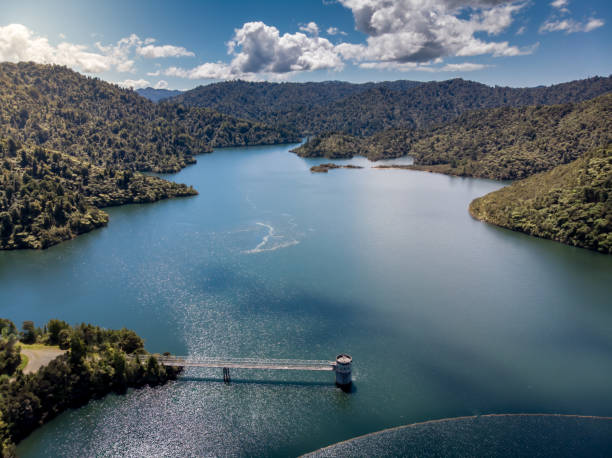Discover the fascinating world of Auckland water level with our comprehensive information hub. Stay informed about the tides, rainfall, and water levels in Auckland’s rivers, lakes, and harbors. Whether you’re a sailor, fisherman, or nature enthusiast, our real-time updates and historical data will help you plan your activities and stay connected to Auckland’s dynamic water environments. Dive in and explore the ebb and flow of Auckland‘s water level like never before.
Related Post –
- Auckland Domestic Airport
- Cakes Auckland
- Sudima Auckland Airport
- Auckland Beaches
- Auckland Vaccination Rates
About Auckland Water Level
Auckland’s water level is a crucial aspect of the city’s natural environment, affecting various activities and ecosystems. The water level refers to the measurement of water height in Auckland’s rivers, lakes, and harbors, and it plays a significant role in activities such as boating, fishing, and water-based recreation. Understanding and monitoring the water level is essential for safety, planning, and environmental management.
Auckland experiences tidal fluctuations due to its proximity to the ocean. Tides occur as a result of the gravitational pull of the moon and the sun, causing water levels to rise and fall throughout the day. Knowledge of tidal patterns is particularly important for sailors, as it helps them navigate safely and avoid potential hazards.
Additionally, monitoring the water level in Auckland’s rivers and lakes is crucial for various purposes. It aids in flood forecasting and management, allowing authorities to take necessary precautions and ensure the safety of residents and infrastructure. Monitoring water levels also helps in assessing the health of ecosystems, as fluctuations in water levels can impact aquatic habitats and the organisms that rely on them.
Rainfall plays a significant role in determining the water level in Auckland’s water bodies. Precipitation patterns influence river flows, lake levels, and the overall water supply. Monitoring rainfall and its impact on water levels is essential for water resource management, irrigation planning, and maintaining the ecological balance of Auckland’s waterways.
Real-time data and historical records of Auckland’s water level are invaluable for individuals and organizations involved in water-related activities. This information allows them to make informed decisions about boating, fishing, water sports, and other recreational pursuits. It also aids in the management of water resources, supporting sustainable practices and ensuring the well-being of Auckland’s natural environments.
In conclusion, understanding and monitoring Auckland’s water level is vital for a range of activities and environmental management. By staying informed about tides, rainfall, and river levels, individuals and organizations can navigate safely, plan their activities, and contribute to the sustainable use of Auckland’s water resources.
Auckland Dam Water Levels [Auckland Water Level]
Auckland’s dam water levels play a crucial role in the city’s water supply and management. Auckland relies on several dams to store and regulate water for various purposes, including drinking water, irrigation, and hydroelectric power generation. Monitoring and managing dam water levels is essential to ensure a sustainable and reliable water supply for the region.
Auckland’s dams are designed to capture and store rainwater from catchment areas, typically rivers or streams, during periods of high rainfall. This stored water is then released as needed to meet the demands of the city and surrounding areas. The water levels in these dams fluctuate based on factors such as rainfall, evaporation, and water usage.
Monitoring dam water levels allows authorities to assess the available water resources and plan accordingly. It helps in determining the capacity and storage levels of the dams, ensuring there is an adequate supply of water during dry periods or increased demand. By closely monitoring the water levels, authorities can make informed decisions regarding water allocation, conservation measures, and potential restrictions to ensure the sustainability of the water supply.
Additionally, monitoring dam water levels is crucial for flood control. During periods of heavy rainfall, dams can help mitigate the risk of flooding by storing excess water and releasing it in a controlled manner. By closely monitoring the water levels, authorities can make timely decisions to release water when necessary, thus reducing the risk of downstream flooding.
For residents and businesses, staying informed about dam water levels is essential for understanding the current water supply situation and potential impacts on water usage. It allows individuals to make informed decisions regarding water conservation efforts, such as reducing consumption during times of low water levels or implementing water-saving practices.
In conclusion, monitoring Auckland’s dam water levels is crucial for ensuring a sustainable and reliable water supply for the region. By closely monitoring and managing water levels, authorities can plan for water demands, mitigate flood risks, and ensure the long-term availability of water resources. It is important for residents and businesses to stay informed about dam water levels to make informed decisions regarding water usage and conservation efforts.
